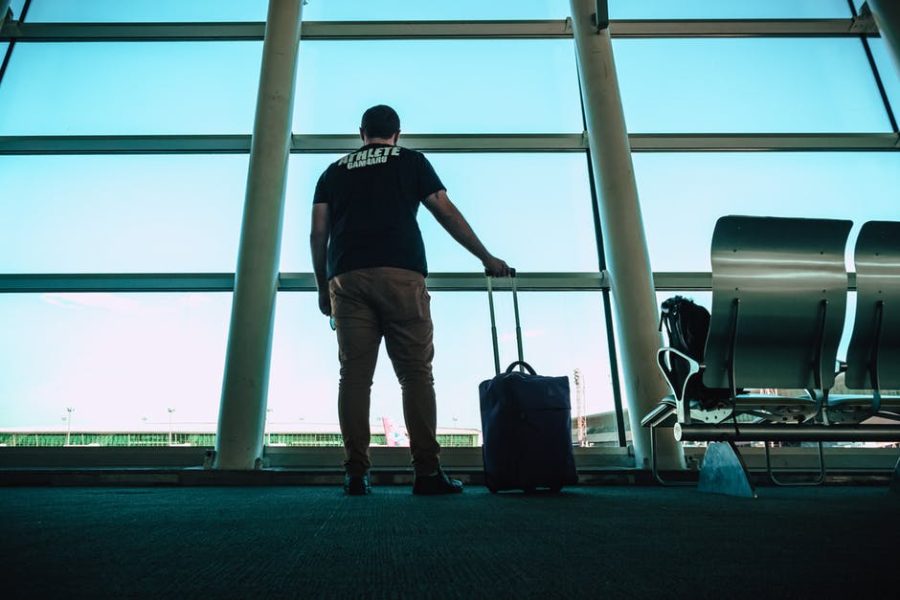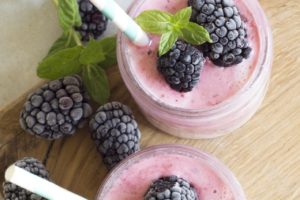In the last few years I have been fortunate enough to be able to travel frequently enough that I had to make some sort of eating plans while traveling. Anyone who has a food intolerance or other specialty food needs knows how important it is to prepare for the airport. Those restaurants that line our airports tend to represent the worst of American take out. They tend to be gross and highly overpriced. On top of that they are filled with packaged foods that are loaded with junk. Even a humble bag of nuts can be loaded with salt or other unnecessary chemicals that are added to keep you craving more.
So what should a person do?
The first thing to keep in mind is that you can take foods in your carry on but you will want to make sure you organize it in a way that it will be easy to take out for inspection if asked by TSA. This will save you and everyone else some time. Also keep in mind that some foods fall under the liquid restrictions of 3.4oz/100mL. This includes things like gels, and even peanut butter, so be conscious of the quantity of foods like nut butters. Yogurt, or even some homemade soup will probably get confiscated by TSA. I try to stick to minimally processed foods because they tend to be hassle free and also tend to be healthier in general.
Ok, now I know some limitations…so what foods should I chose?
This is a bit more difficult, especially if you have food allergies or intolerances. I have no issue with nuts but many people do. Peanuts are a big one to avoid and to be conscious of sharing due to how severe the allergic reactions to them can be. Last thing you want is to be responsible for sending someone into anaphylaxis while in the middle of your flight. This is probably why some airlines give out pretzels now instead of peanuts.
Another issue to consider is blood sugar spikes. This is certainly applicable to diabetics but it goes beyond this population. I would recommend avoiding foods that are highly processed and filled with refined sugars. I know it can be tempting, since flights tend to be inherently stressful for most people, but that refined sugar isn’t doing you any good, especially when sitting for several hours straight. This is why I tend to go for fresh fruit, especially hard fruits like an apple that are filled with fiber that’s going to keep you fuller for longer. You can take bananas or berries, but if you’re like me, you pack as much as you can into your carry on and risk squishing them. This is unfortunate because berries are antioxidant powerhouses and highly desired when traveling because they are going to help support your immune system. If you are going to take dried fruit with you, make sure to check if that fruit has added sugar. Many varieties do and once you start looking you will be surprised how many are loaded with extra sugar. Often, the sugar is hidden on the label as added juice. Juice is pretty much liquid sugar, so don’t be fooled.
Another great option is dark chocolate. If you opt for 70% or greater dark chocolate, the refined sugar isn’t as concerning, especially if you don’t eat it very often. In addition, the flavonoids in dark chocolate help to protect your body due to their anti-inflammatory, anti-mutagenic, and anti-carcinogenic properties (Panache, Diwan, & Chandra, 2016). Even better, try some cocao nibs which are the original chocolate that is made from the seeds of the fruit of the cacao tree before it’s processed. You will maximize the health benefits of the flavonoids while also cutting out the sugar that can be found in even dark chocolate which is a win for diabetics.
Since airplane and airport foods represent the worst of the worst, it’s usually a good idea to bring some finger food veggies like carrots, celery, peppers (stay away if you have an issue with night shade vegetables), or snap peas. These are going to be loaded with fiber, vitamins, and minerals.
If you’re a vegan, some precooked chick peas tossed in your favorite spices will provide some protein that will work in tandem with the bulking effect of fiber to help you feel fuller for longer while avoiding blood sugar spikes.
If you’re a meat eater I would pass on the packaged beef jerky as they are loaded with preservatives. For those of you who can afford the expensive all natural beef jerky you can find at a health food store such as Whole Foods, that is the better option. If you love to cook or make your own foods, some homemade jerky is one of the best alternatives for eating meat on a plane.
Visit The TSA website to get a detailed breakdown on what you can and can’t take on your next flight.
Your message has been sent
References:
Panche, A. N., Diwan, A. D., & Chandra, S. R. (2016). Flavonoids: an overview. Journal of nutritional science, 5, e47. doi:10.1017/jns.2016.41







